If you have been lacking in motivation and struggling to remain energised at work, Charles Handy may just have diagnosed your problem. Framing what is now known as the sigmoid curve, Handy identified a behavioural pattern which has since been used to describe the energy and investment needed to be invested in something to see growth and potential realised.
Exploring the sigmoid curve
The sigmoid curve can be applied to describe patterns in nature (the germination and growth of a seed for example), changes an organisation goes through when implementing transformational change and even at an individual level to describe our demonstrated performance on the job and within our career.
In analysing the diagram, marker A on the curve depicts the point at which our growth and potential starts to maximise. If we are not careful, this is also the point at which our motivation and productivity can decline (thus beginning the start of our next sigmoid curve which meets our initial curve at marker B).
To avoid or minimise the impact of this pattern of behaviour, we need to find the right point on the curve to reinvent ourselves. According to Handy, the best time to reengage is before you reach the peak on your first curve. This is because our levels of motivation, enthusiasm and performance still have positive momentum. It is easier to drive ideas forward when you are motivated rather than when you are stale with your productivity on the decline. Ultimately every curve will turn downward, the only variable being the length of time you choose to remain in the burrow of the trough. The sooner you start the reinvention process the quicker you will end up on the upswing of your next curve.
So what does this mean for our career?
It’s important to take the time to understand where you are currently at on your curve and to start thinking about your next challenge and opportunity when you are in a positive momentum cycle. We all need to keep growing and that means developing secondary curves. The key however is to start before the first one peaks at marker A; when the evidence indicates that there is no need for change. Unfortunately for most of us we wait till we approach marker B and then panic too late. At this point we are losing credibility through lowering our performance standards, resources are depleted and our creative energy is low.
Driving growth in times of confusion
Change inevitably brings with it a period of confusion, depicted by the shaded area in the diagram. Confusion occurs when the culture and behaviour needed to create momentum on the new curve competes with the negative conduct inherent in the decline of the first curve. This tension highlights the importance of driving the beginning of your second curve whilst you are still building on the success, wisdom and maturity of your first.
See opportunity not a pathway to failure
Confusion brings with it opposing outlooks. As you stand at marker A reflecting on your curves, one direction brings with it success and engagement, the other a decline in motivation and performance. The opportunity lies in looking forward to the positional success that marker B will afford us when we get there and in defining the learnings and pathway that will get us from A to B with uninterrupted success.
If you enjoyed reading this blog, kindly tap the ❤ button below or better still, share your thoughts and comments with us; we love hearing from you!











